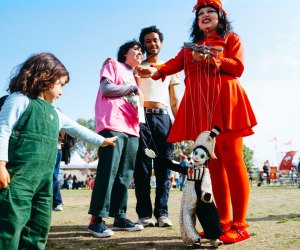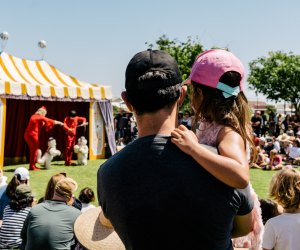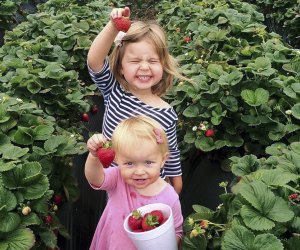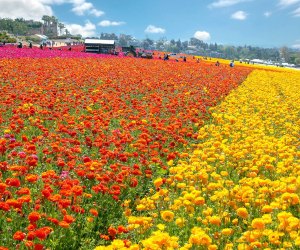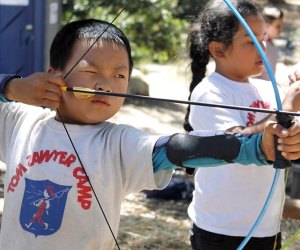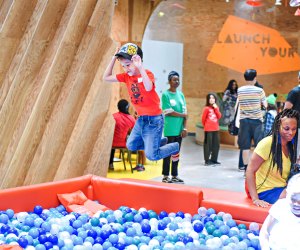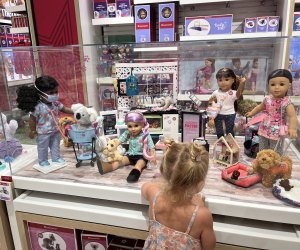Highland Hall: A Unique Learning Experience for LA Kids
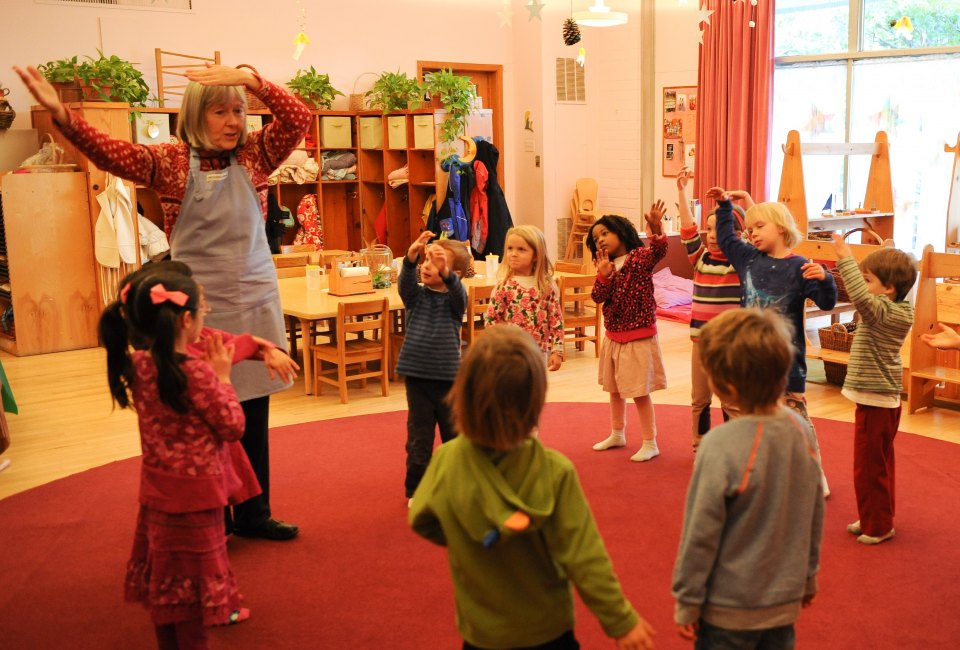
Living in Los Angeles, there's no shortage of choices when it comes to educating our children. Even so, finding a school with a unique approach to teaching, inspiring, and mentoring students can get parents truly excited about their children's education. And that's just what happened to me after a recent tour of our sponsor, Highland Hall, the first Waldorf school in the western US for children in nursery through 12th grade.
At the heart of the Waldorf approach is the recognition that children pass through distinct stages of development, and that both the subject matter and the way it is taught need to be age-specific. The focus is to engage the whole child in the learning process, with the arts integrated into every subject, using movement, music, storytelling, and rhythm to bring the material to life and make learning a stress-free process. Nature also plays an important role in students' education.
OUR LATEST VIDEOS
Highland Hall is perfectly situated to bring its students and nature together. Just north of a neighborhood called Sherwood Forest in Northridge, the school sits on 11 beautiful acres. The nursery and kindergarten kids have separate, but adjacent play yards located within a magical garden setting filled with fruit trees. And yes, the fruit, when harvested, is served as a snack. While the entire campus feels like one cohesive community—and there are certainly communal areas—classrooms for each stage of childhood are set in distinct sections, with the early childhood facilities located farthest from the high school.
The school embraces a slower-paced, more rhythmic approach to education, with two-year nursery and kindergarten programs. The non-traditional curriculum is teacher-centered, where the instructor models behavior for the children to emulate and educates through nurturing rather than instructing. While reading and the alphabet aren't taught at this age, storytelling, the first step to becoming a reader, is an integral part of every day. Music, movement, and outdoor play are also emphasized, and all toys are made of organic materials. Snacks are organic and unprocessed, too, and the children even help to prepare many of the foods served, such as fresh bread, oatmeal, and soup made with vegetables from the garden. On Wednesdays, food harvested at the school is sold to the parents at a farm stand.
Children in grades 1-8 benefit from having the same classroom teacher and a team of subject teachers for most or all of these years. This enables the teacher to really get to know each child’s strengths and weaknesses. Students begin the day with music and verse and then move into a two-hour morning lesson in a particular academic subject. The block, lasting three to four weeks, is shaped and enlivened through the arts of music, poetry, painting, drawing, movement, and drama.
As kids get older and are challenged more academically, they benefit from the school’s smaller class sizes (the student/teacher ratio is 7:1). When I asked a high school senior to explain what he loved most about the school, his first response was about the friendships he has developed with his teachers. The HS curriculum includes Spanish and German, and every student must choose a musical instrument to play. Students can develop their athletic skills through basketball, volleyball, archery, and more. Most Highland Hall students go on to respected four-year colleges and universities, and many continue on to pursue advanced degrees.
Parents with children between 1 and 2 ½ can become acquainted with the school through its Parent and Child program. My own daughter attended a similar weekly toddler group that evolved seamlessly into preschool, and it's a gentle way to separate.
For more on Highland Hall, be sure to check out the website. And for more information on LA schools, take a look at our Preschools, Public Schools, and Private Schools Guide.
This post is sponsored by Highland Hall, but the opinions are those solely of the author.




